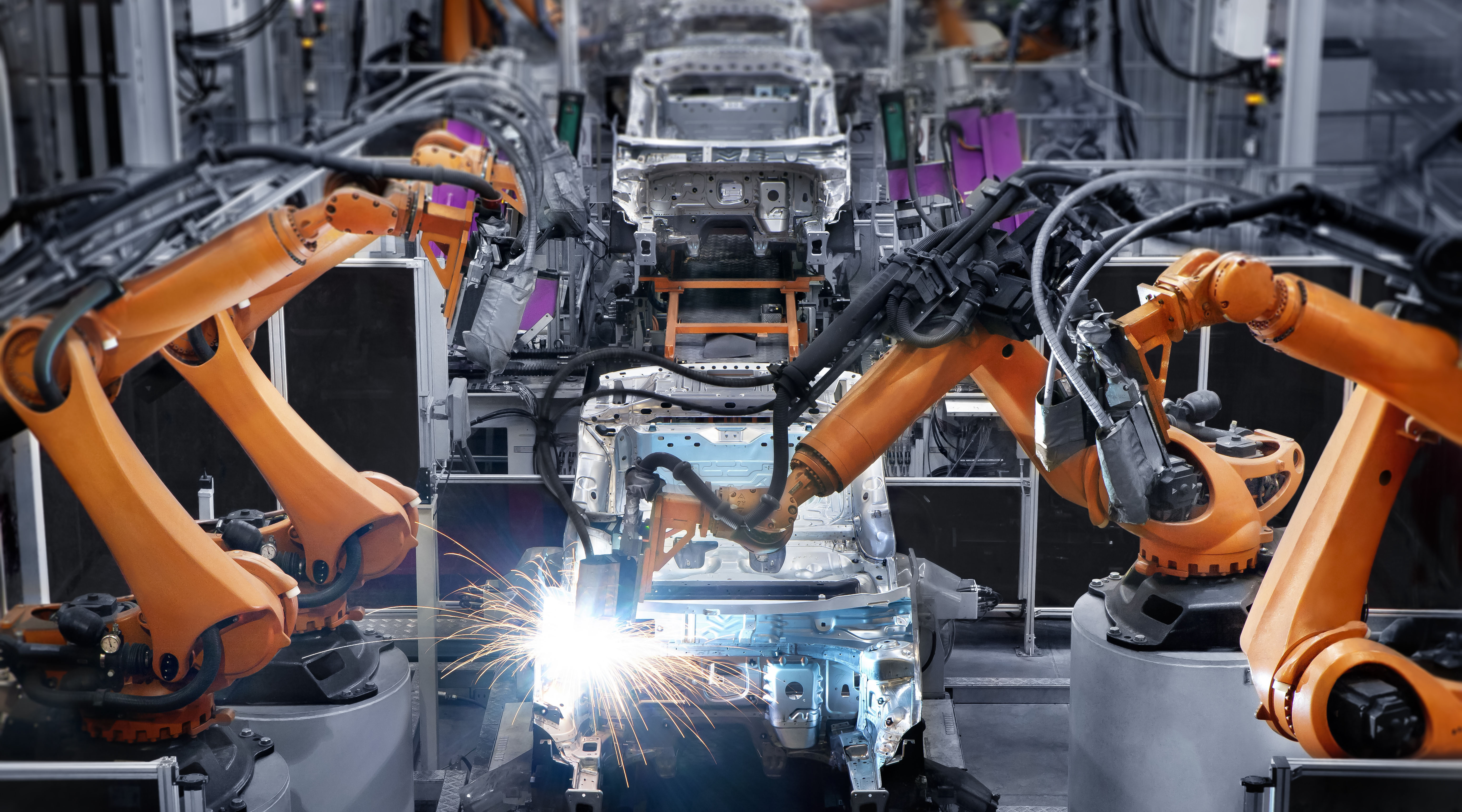Background Introduction
China First Automobile Works (FAW) was founded in 1953. FAW is one of China's oldest and largest automotive manufacturers, with many well-known brands, including Hongqi and Jiefang. Phase 1 of the FAW Hongqi ERP reconstruction project is focused on custom luxury car models, driving innovation for the entire group and seeking business breakthroughs.

High requirements for database load processing, reliability, and compatibility
-
Massive database access requests: The new highly customized models have resulted in a massive upsurge in data volume and placed heavy demands on database performance.
Massive database access requests: The new highly customized models have resulted in a massive upsurge in data volume and placed heavy demands on database performance.
-
Strict reliability requirements: The ERP service system is a core production service system for an automobile enterprise. Data loss is unacceptable. The system needs to be able to recover from faults in seconds. High reliability and availability are absolutely essential.
Strict reliability requirements: The ERP service system is a core production service system for an automobile enterprise. Data loss is unacceptable. The system needs to be able to recover from faults in seconds. High reliability and availability are absolutely essential.
-
Compatibility requirements: A distributed database fully compatible with MySQL was required.
Compatibility requirements: A distributed database fully compatible with MySQL was required.
FAW used Huawei Cloud Stack and GaussDB to complete digital transformation and smoothly migrate its core ERP system
The new system is now an integrated, intelligent production and sales system that can efficiently process massive orders to meet increasingly customized requirements.
-
Massive Rapid response
Huawei Cloud Stack offers a series of services for FAW's agile innovation, including container management, development, a deployment tool chain, big data, and desktop cloud. GaussDB(for MySQL) runs on an architecture with decoupled storage and compute. It provides operator pushdown and parallel query capabilities, achieving millions of QPS. The GaussDB(for MySQL) performance is stable even during peak hours. The ERP can be deployed across AZs and recover from faults within seconds, delivering high reliability and availability. access requests: The new highly customized models have resulted in a massive upsurge in data volume and placed heavy demands on database performance.
Huawei Cloud Stack offers a series of services for FAW's agile innovation, including container management, development, a deployment tool chain, big data, and desktop cloud. GaussDB(for MySQL) runs on an architecture with decoupled storage and compute. It provides operator pushdown and parallel query capabilities, achieving millions of QPS. The GaussDB(for MySQL) performance is stable even during peak hours. The ERP can be deployed across AZs and recover from faults within seconds, delivering high reliability and availability. access requests: The new highly customized models have resulted in a massive upsurge in data volume and placed heavy demands on database performance.
-
No reconstruction required
The original ERP system used a mainstream commercial database, which was not open, so services could not be unified. Huawei Cloud GaussDB(for MySQL) is fully compatible with open-source MySQL databases. It does not require sharding, table splitting, or application reconstruction. There is no need to spend money on reconstructing applications. Users enjoy the benefits of an open ecosystem and flexible services, but GaussDB(for MySQL) also runs seven times faster than typical open-source databases, so improving O&M efficiency and performance.
The original ERP system used a mainstream commercial database, which was not open, so services could not be unified. Huawei Cloud GaussDB(for MySQL) is fully compatible with open-source MySQL databases. It does not require sharding, table splitting, or application reconstruction. There is no need to spend money on reconstructing applications. Users enjoy the benefits of an open ecosystem and flexible services, but GaussDB(for MySQL) also runs seven times faster than typical open-source databases, so improving O&M efficiency and performance.
-
Smooth online migration
Huawei Cloud Data Replication Service (DRS) helped FAW use online migration to interconnect data between the old ERP, the new ERP, and the microservices. DRS can also compare data, helping FAW check data consistency between the source and destination databases during migration.
Huawei Cloud Data Replication Service (DRS) helped FAW use online migration to interconnect data between the old ERP, the new ERP, and the microservices. DRS can also compare data, helping FAW check data consistency between the source and destination databases during migration.
Customer Benefits
-
High performance: Huawei Cloud GaussDB(for MySQL) delivers the ultimate in performance and elastic scaling, helping core services achieve stable performance and improving throughput by 20%, four times higher than the customer's expectation.
High performance: Huawei Cloud GaussDB(for MySQL) delivers the ultimate in performance and elastic scaling, helping core services achieve stable performance and improving throughput by 20%, four times higher than the customer's expectation.
-
Low reconstruction costs: Huawei Cloud GaussDB(for MySQL) is fully compatible with MySQL, eliminating the need for sharding, table splitting, and application reconstruction. The reconstruction costs are greatly reduced.
Low reconstruction costs: Huawei Cloud GaussDB(for MySQL) is fully compatible with MySQL, eliminating the need for sharding, table splitting, and application reconstruction. The reconstruction costs are greatly reduced.
-
No more data silos: Huawei Cloud DRS interconnects data between the old ERP, the new ERP, and the microservices, facilitating service collaboration.
No more data silos: Huawei Cloud DRS interconnects data between the old ERP, the new ERP, and the microservices, facilitating service collaboration.

